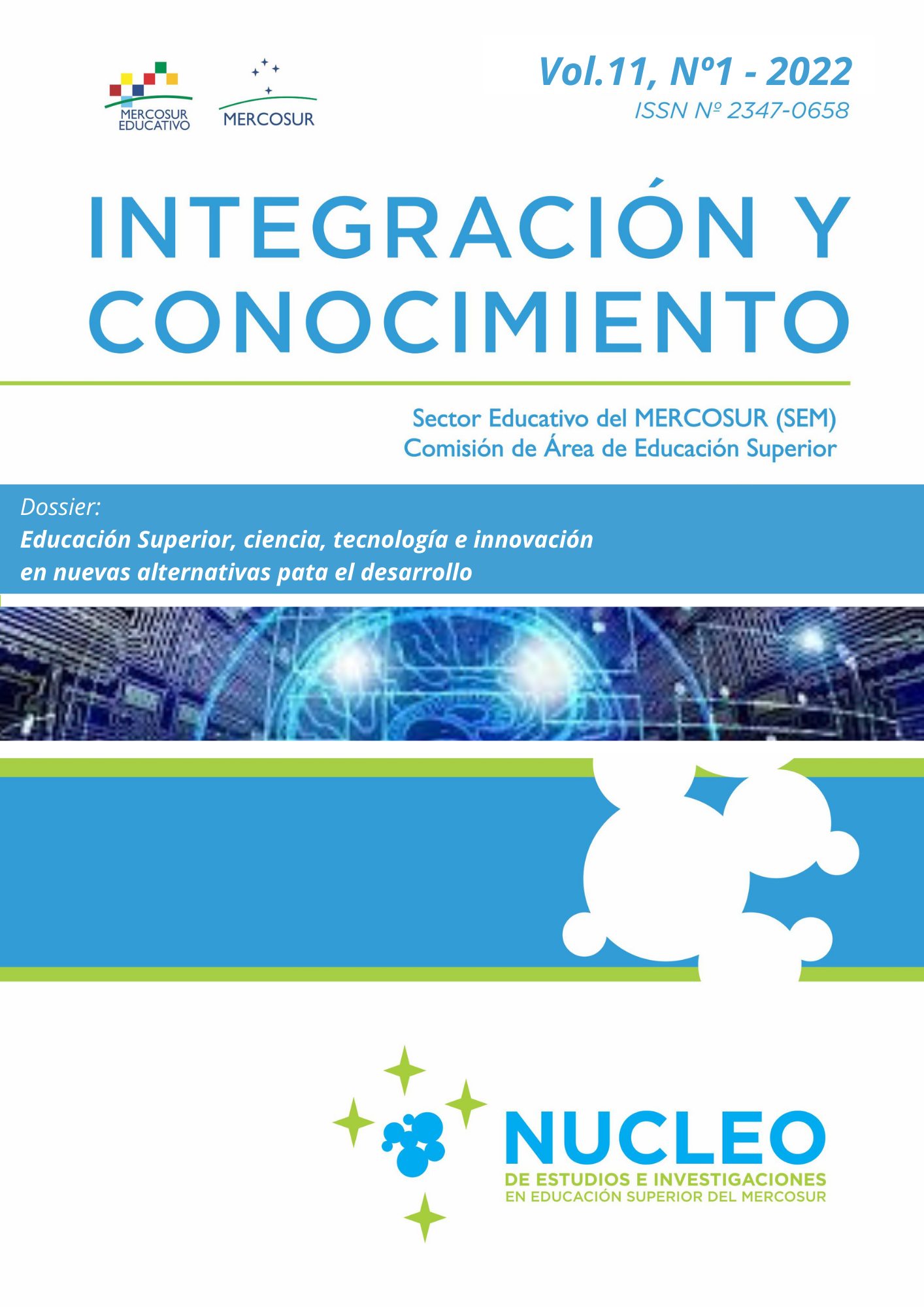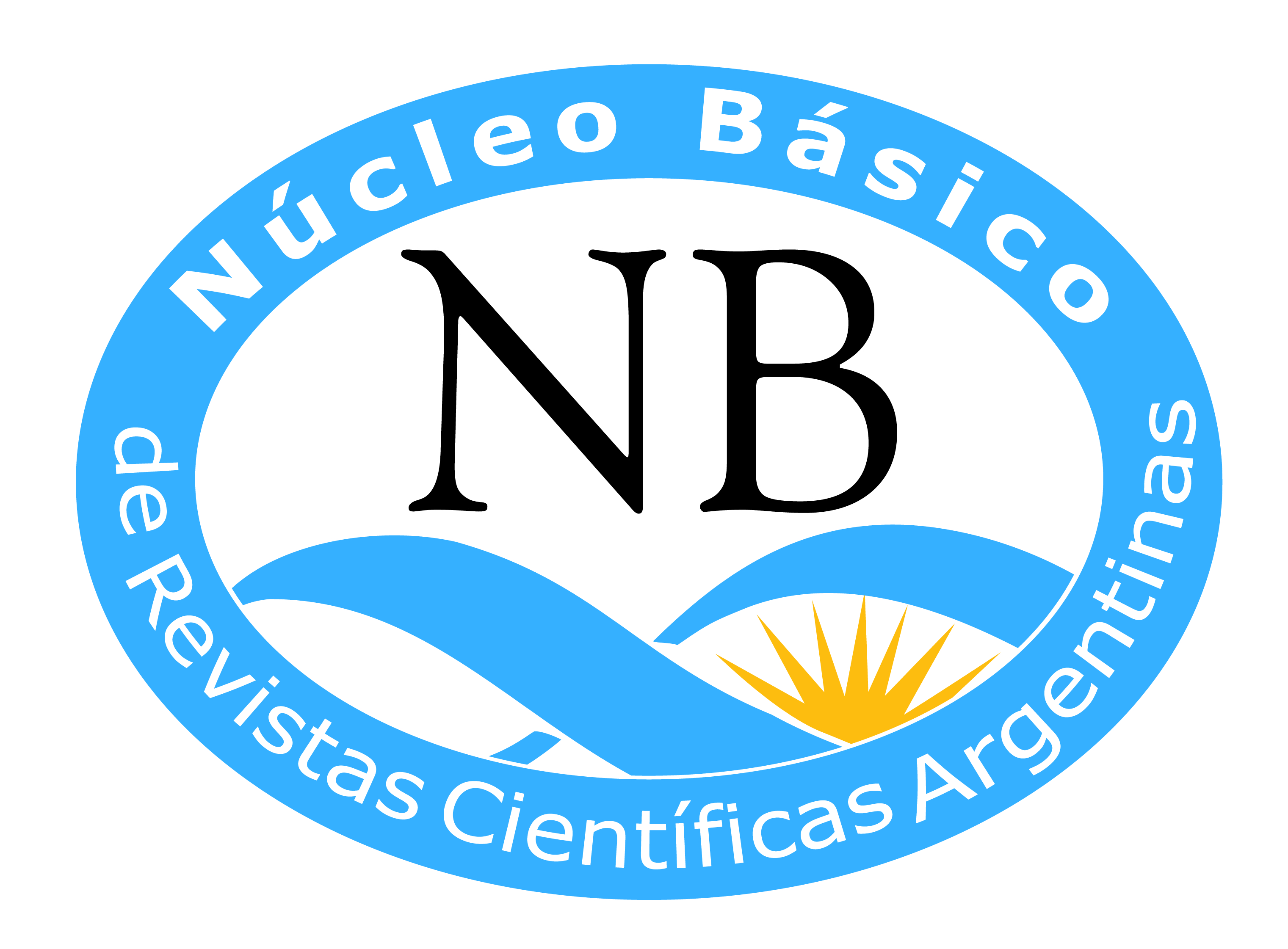University for development in Uruguay: building academic capacity in response to local and national needs
DOI:
https://doi.org/10.61203/2347-0658.v11.n1.36528Keywords:
university for development, academic capacity building, research agendas, university development polesAbstract
The pandemic generated by COVID-19 has exposed and reinforced more starkly the existing inequalities between central and peripheral countries. It has also highlighted the relevance of the knowledge production capacities accumulated in these countries, and their fundamental role in facing the crisis. In Latin America there are no productive sectors that are strong demanders of research and local knowledge. It is in public universities where these capacities are concentrated and where processes have been put in place to respond to the challenges of sustainable human development. In Uruguay, the University of the Republic (UdelaR) promoted a series of transformative policies between 2007 and 2014, in order to bring the institution closer to the new times of Higher Education (HE), under a concept of "University for development". One of the lines of this university reform was that of territorial expansion towards the interior of the country, based on: i) new institutions in different regions (CENURs); ii) Tertiary Education Programs (PRET) that took into account local socio-productive needs and diversities and; iii) University Development Poles (PDU), understood as highly dedicated teaching groups to develop undergraduate and graduate teaching, research and extension around thematic axes relevant and pertinent to each region. It is understood that the PDU groups were the tool that allowed the grounding of the policy to create critical mass, to make viable the social demand of specific territories, as well as to introduce institutional changes at various levels. This paper attempts to contribute to the understanding of the dynamics of capacity building, with emphasis on the academic production of these groups, their agendas and the link between these and the context, through the trajectory of the Virology pole that was installed at the Salto campus of the University of the Republic. It also seeks to use this case study to contribute to the reflection on the "University for Development". Ten years after its creation, with a scientific-technological network established in the territory, this academic group has shown its relevance both in relation to the generation and innovative use of original knowledge in the context of the pandemic caused by COVID-19
Downloads
References
Ardanche, M., Bianco, M., & Tomassini, C. (2012). Grupos de Investigación en la Universidad pública de Uruguay: cambios y permanencias [Ponencia]. Esocite 2012 / IX Jornada de Estudios Sociales de la Ciencia en América Latina. Ciudad de México, México.
Arocena, R.; Göransson, B. y Sutz, J.( 2013). Universities and Higher Education in Development. En B. Currie-Alder; R. Kanbur; D. Malone y R. Medhora (Eds.) International Development. Ideas, Experience, and Prospects (pp. 582-598). Oxford: Oxford University Press. DOI: https://doi.org/10.1093/acprof:oso/9780199671656.003.0035
Arocena, R., & Sutz, J. (2010). Weak knowledge demand in the South: learning divides and innovation policies. Science and Public Policy, 37(8), 571-582. DOI: https://doi.org/10.3152/030234210X12767691861137
Arocena, R., & Sustz, J. (2016). La Universidad para el desarrollo. FORO CILAC 2016, 16.
Atairo, D. (2008). Trama sociopolítica del gobierno universitario: análisis del funcionamiento de los órganos de gobierno a partir de la implementación de una política universitaria. En U. N. Luis. (Ed.) Fundamentos en Humanidades, IX(1), 85-110. Recuperado de http://fundamentos.unsl.edu.ar/pdf/articulo-17-85.pdf
Bourdieu, P. (2003). El campo científico. Redes: revista de estudios sociales de la ciencia. , 2(1), 129-160. Recuperado el 14 de 06 de 2014, de http://ridaa.unq.edu.ar/handle/20.500.11807/317
Burjel, F., & Campos, S. (2013). PRET de la Región Litoral Oeste: caracterización territorial y desafíos. Informe al Claustro CENUR Noroeste, Paysandú.
Chacín, M., & Briceño, M. (2000). Cómo Generar Líneas de Investigación. Caracas: UNESR, LINEA-I. Recuperado de produccion%20de%20conocimiento/archivoPDF.pdf
Clark, B. (1991). El Sistema de Educación Superior. Una visión comparativa de la organización académica. México: Editorial Nueva Imagen/Universidad Autónoma Metropolitana–Azapotzalco. Recuperado de http://secretariageneral.univalle.edu.co/consejo-academico/temasdediscusion/2014/Documentos_de_interes_general/CLARK-el_sistema_de_educacion_cap_1_y_2.pdf
Consejo Directivo Central (CDC).Acta 12/11/2013. Univesidad de la República.
Consejo Directivo Central (CDC). Distribuido Nº 322. Sesión 09.06.09. Univesidad de la República.
Dogan, M., & Pahre, R. (1993). Las nuevas ciencias sociales. La marginalidad creadora. México: Ed. Grijalbo.
Frevenza, N. (2011). Sobre el desarrollo de la UDELAR en el Interior. Facultad de Ciencias. Montevideo: UdelaR.
Heinzen, M. (2020). La política universitaria de expansión territorial en Uruguay: contextos institucionales y radicación de grupos académicos. Montevideo, Uruguay: Universidad de la República.
Instituto Nacional de Estadísticas. (2018). Anuario Estadístico. Recuperado de http://www.ine.gub.uy/web/guest/anuario-estadistico
Oficina de Planeamiento y Presupuesto (OPP). Presidencia de la República. (2019). Observatorio Territorio Uruguay (OTU). Recuperado de http://www.otu.opp.gub.uy/
Riquelme, G., & Langer, A. (2010 ). Capacidades de los grupos de docencia e investigación en la circulación y producción de conocimiento: el caso de tres unversidades argentinas. Revista de la Educación Superior, XXXIX(54), 19-49. Recuperado de http://www.scielo.org.mx/scielo.php?script=sci_arttext&pid=S0185-27602010000200002
Rodes, V. (2012). Explorando transformaciones deseables en la educación superior pública para la inclusión educativa. Montevideo: Universidad de la República.
Wedel, J., Shore, C., Feldman, G., & Lathrop, S. (2005). Toward an anthropology of public policy. Annals American Academy of Political and Social Science, 600, 30-51. DOI: https://doi.org/10.1177/0002716205276734
Yin, R. (2003). Case Study Research: Design and Methods. London: Thousand Oaks, California: Sage Publications.
Downloads
Published
How to Cite
Issue
Section
License

This work is licensed under a Creative Commons Attribution-NonCommercial-ShareAlike 4.0 International License.
Authors who have publications with this journal accept the following terms:
a. Authors shall retain their copyright and guarantee the journal the right of first publication of their work, which shall simultaneously be subject to the Creative Commons License of Recognition which allows third parties to share the work as long as its author is indicated and its first publication is this journal.
b. Authors may adopt other non-exclusive licensing agreements for the distribution of the published version of the work (e.g., depositing it in an institutional telematic archive or publishing it in a monographic volume) provided that the initial publication in this journal is indicated.
c. Authors are allowed and encouraged to disseminate their work via the Internet (e.g. in institutional telematic archives or on their website) after publication of the article, which may lead to interesting exchanges and increased citations of the published work. (See The Effect of Open Access).



